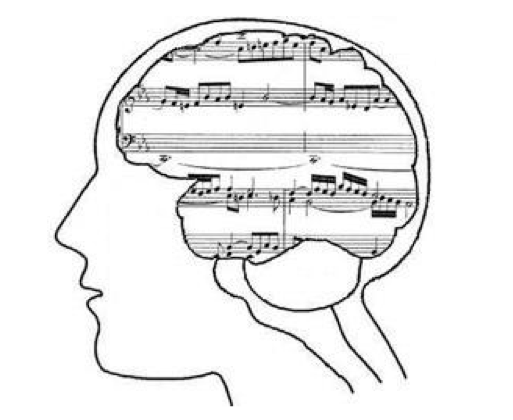describing “the resurgence of the one-handed backhand.” I’ve long been a fan of this shot but question its future in tennis, as we seem to be seeing less and less of it as each subsequent season passes. I decided to bolster the article’s considerable detail with some empirical analysis to shed more light on the question: what is actually becoming of the one-handed backhand?
About The Dataset
I scraped data from the ATP World Tour website from 1980 through 2018. If there’s enough interest, I’ll make another article detailing how to scrape the site. While player name and associated rank were completely non-missing, there were a substantial amount of missing values in the variable listing the type of backhand a player hits:
p1 <- clean %>%
ggplot(aes(year, fill = is.na(one_hander))) +
geom_density(alpha = .6) +
labs(title = "Distribution of Missing Backhand Type by Year",
fill = "Missing?",
x = "")
ggplotly(p1)
The graph above shows that the vast majority of the missings were for the earlier years, which we might expect.
Perhaps more problematic, however, is that the missing backhand information is correlated with rank; lower ranked players were more likely to contain missing backhand types:
p2 <- clean %>%
mutate(Ranking = parse_number(Ranking)) %>%
group_by(Ranking) %>%
summarize(missing_count = sum(is.na(one_hander))) %>%
ggplot(aes(Ranking, missing_count)) +
geom_line(size = 1.7) +
expand_limits(y = 0) +
scale_x_continuous(breaks = c(1,10,20,30,40,50,60,70,80,90,100)) +
labs(title = "Sum of Missing Backhand Counts By Ranking", y = "")
ggplotly(p2)
In total, 610 unique players were missing backhand types. This isn’t terribly hard to hard code, and I’ll leave that for someone else to do should they want to collaborate (email me!).
Despite these shortcomings, I filtered for dates from 2000 onward and pushed on. Note that the confidence intervals in the graph below are almost invisible due to the abundance of data points in a given year.
ONE HANDED BACKHAND SHARE BY YEAR
p3 <- clean %>%
filter(year >= 2000) %>%
group_by(date) %>%
summarize(share = mean(one_hander, na.rm = TRUE)) %>%
ggplot(aes(date, share)) +
geom_point(size = .6) +
geom_smooth(size = 1.7) +
scale_y_continuous(labels = percent_format()) +
theme(panel.grid.major = element_blank(),
panel.grid.minor = element_blank()) +
labs(x = "", y = "", color = "", title = "Share of One-Handers by Year, 95% CI's Shown")
ggplotly(p3)
Above we see that the share of tennis players in the ATP Top 100 hitting one-handed backhands is undoubtedly in steady decline: the percentage has plummeted from around 42% in 2000 to just 18% in 2018. However, this style of swing is often referred to as an “artisan” shot, reserved for the best of the best. As such, I wanted to examine trends separately for the top 50 vs. 51 - 100.
ONE HANDED BACKHAND RATE: TOP 50 VS 51 - 100
p4 <- clean %>%
filter(year >= 2000) %>%
group_by(year, rank_cohort) %>%
summarize(share = mean(one_hander, na.rm = TRUE)) %>%
ggplot(aes(year, share, color = as.factor(rank_cohort))) +
geom_smooth(size = 1.7) +
theme(panel.grid.major = element_blank(),
panel.grid.minor = element_blank()) +
scale_y_percent() +
labs(x = "", y = "", color = "", title = "Percent of One Handed Backhands in ATP Top 100, 95% CI's Shown")
ggplotly(p4)
There is scarcely a difference between the two curves worth noting. We can see that in recent years the top 50 have maintained a higher share of one-handers thanks to dominant players like Roger Federer <3, Stanislas Wawrinka, Richard Gasquet, and a host of upcoming talent.
Will we one day see a men’s pro tour absent of so-called ‘wand-wavers’? Should this trend continue, it appears that by 2030 the one-handed backhand could be largely extinct from the ATP Top 100:
The reason for this revolves around the fact that many coaches consider the two-handed backhand as the de facto superior stroke in its combination of power, stability, and comparatively gentler learning curve. The result has led the one-hander to effectively stop being taught.
I’d love to repeat this analysis for the WTA, but the one-hander has pretty much already disappeared from the women’s tour.
If you’re like me, this will come to you as a huge disappointment. So my advice: go out and see a dying art before it’s too late! (i.e. before 2030) :).

